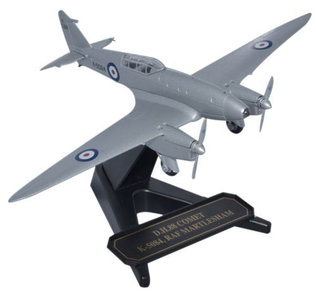The de Havilland DH.88 Comet was a two-seat, twin-engined aircraft developed specifically to participate in the 1934 England-Australia MacRobertson Air Race from the United Kingdom to Australia. Development of the DH.88 had been initiated at the behest of British aviation pioneer Geoffrey de Havilland, along with the support of de Havilland's board, being keen to garner prestige from producing the victorious aircraft as well as to gain from the research involved in producing it. The DH.88 was designed by Arthur Ernest Hagg around the specific requirements of the race; Hagg produced a relatively innovative design of the era in the form of a cantilever monoplane, complete with an enclosed cockpit, retractable undercarriage, landing flaps, and variable-pitch propellers. A total of three DH.88s were produced for the race, all for private owners at the discounted price of £5,000 per aircraft. The aircraft underwent a rapid development cycle, performing its maiden flight only six weeks prior to the MacRobertson Air Race itself. Comet G-ACSS Grosvenor House emerged as the winner. Two further examples were later built. The DH.88 went on to establish a multitude of aviation records, both during the race and in its aftermath, as well as participating in further races. Several examples were bought and evaluated by national governments, typically as mail planes. Two DH.88s, G-ACSS and G-ACSP, survived into preservation, while a number of full-scale replicas have also been constructed.
Scale:
1:72
Dimensions: see
this page
Material: mainly metal
Stand: included
Brand: Oxford Aviation

Nr: 72COM004
In stock:
2
Added to website: 2024-06-03





